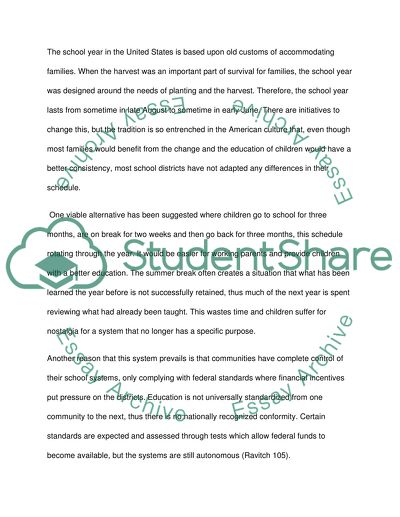Cite this document
(“A Comparison of the Education System in China and the USA Research Paper”, n.d.)
Retrieved de https://studentshare.org/education/1423527-a-comparison-of-the-education-system-in-china-and-the-usa
Retrieved de https://studentshare.org/education/1423527-a-comparison-of-the-education-system-in-china-and-the-usa
(A Comparison of the Education System in China and the USA Research Paper)
https://studentshare.org/education/1423527-a-comparison-of-the-education-system-in-china-and-the-usa.
https://studentshare.org/education/1423527-a-comparison-of-the-education-system-in-china-and-the-usa.
“A Comparison of the Education System in China and the USA Research Paper”, n.d. https://studentshare.org/education/1423527-a-comparison-of-the-education-system-in-china-and-the-usa.


